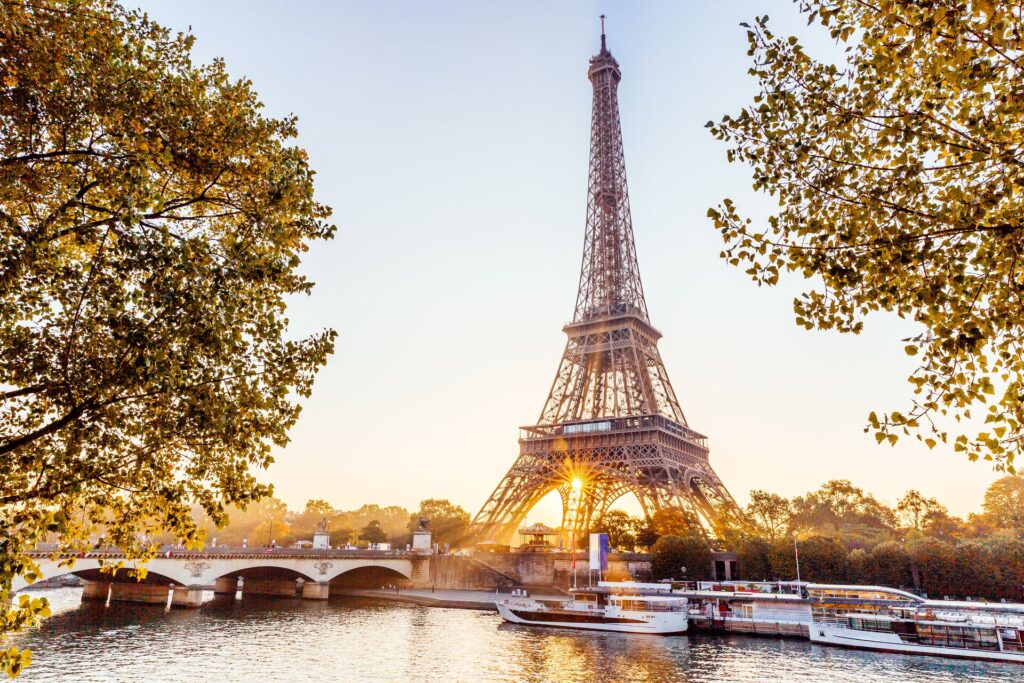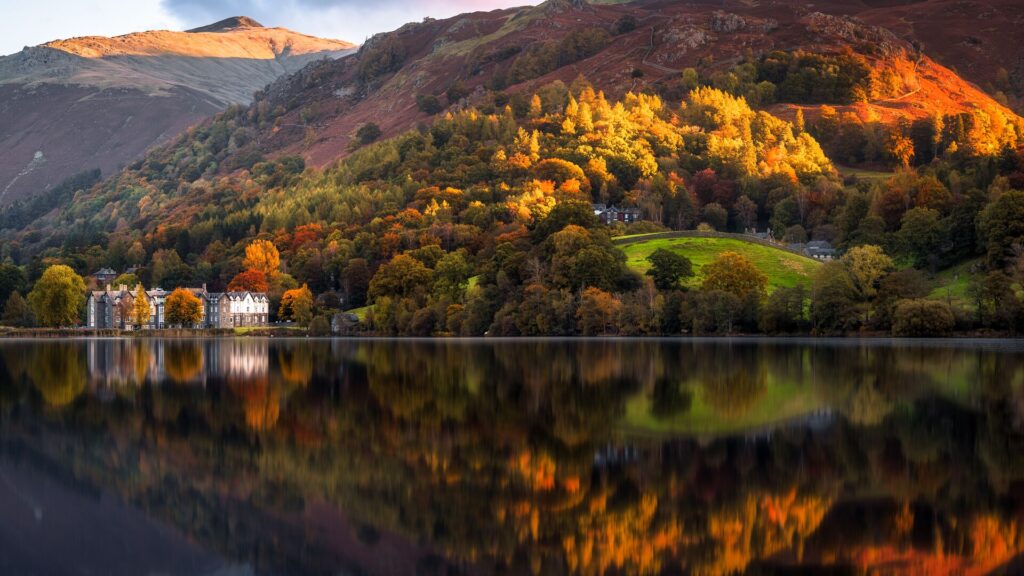Nestled within the heart of Spain, Segovia and Salamanca stand as living testaments to the country’s fascinating history. These cultural cities are home to some of Spain’s most iconic sights, and effortlessly transport visitors to a bygone era.
Salamanca is renowned worldwide for its historic university and exudes a scholarly atmosphere that has fostered generations of intellectuals. Meanwhile, in Segovia, time seems to slow down as you stroll through cobblestone streets, while the iconic aqueduct stands as a marvel of ancient engineering.
We spoke to Local Experts Inés and Rufino, to find out more about the famous landmarks of these cultural cities, and their place in Spanish history. Test your knowledge on Spanish cities and other worldwide destinations in our Insightful Travel Trivia Quiz. Play weekly for the chance to win fabulous prizes.
For travel inspiration: Spain destination guide
Salamanca
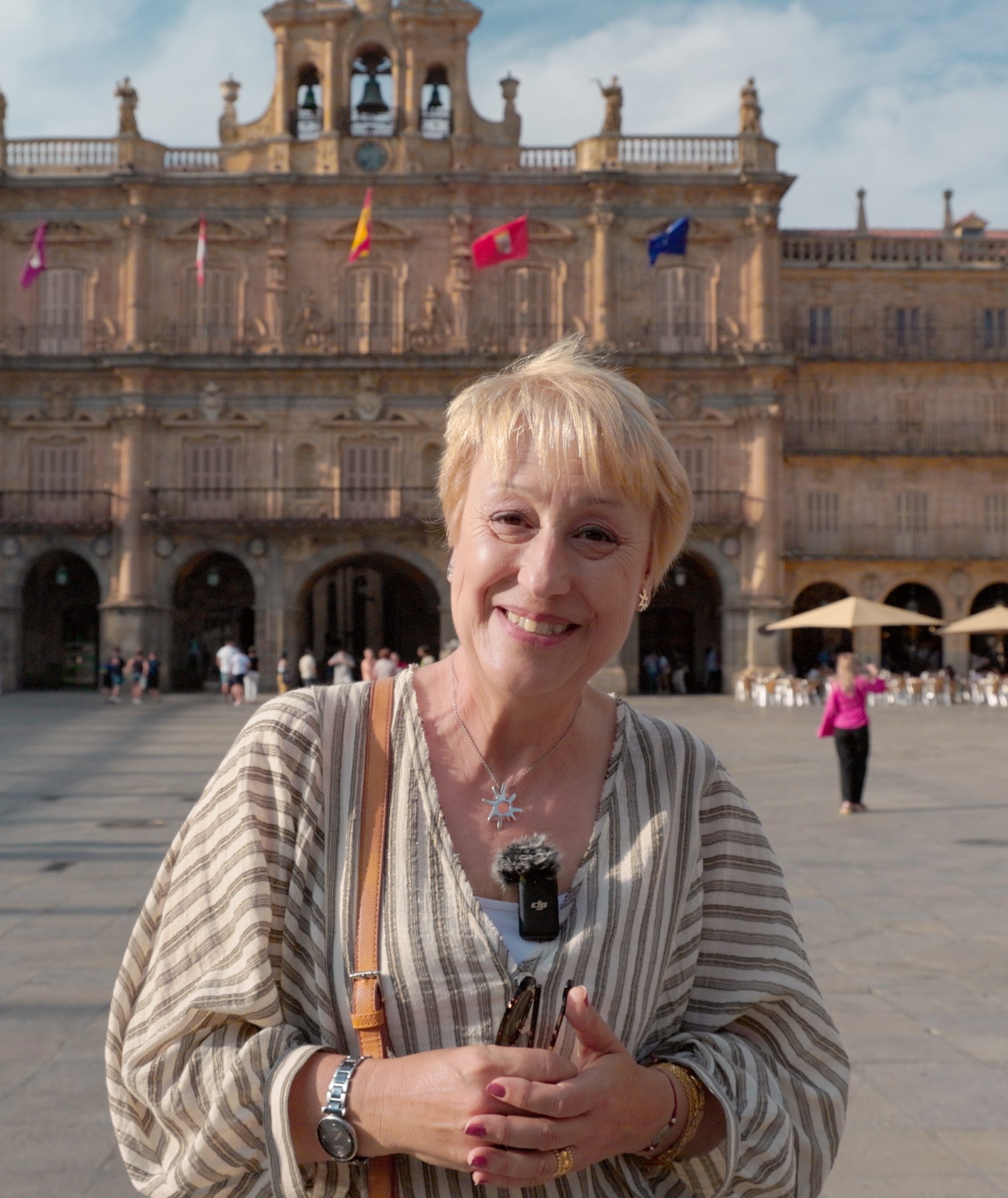
Born and raised in this most cultural of cities, Inés is a Salmantina, the name given to locals. She has been working as a guide for around 32 years. “I love the city because of the history, the buildings and the architecture – it’s the Golden City of Spain,” she proudly tells us. The golden sandstone buildings of the old town appear to glow gold, orange and pink as the sun sets, earning Salamanca its nickname among Spanish cities.
Discover this on: Amazing Spain & Portugal, Best of Spain & Portugal, Grand Spain & Portugal
To tempt you further: 9 reasons why Best of Spain & Portugal is a simply unmissable tour
A university town and melting pot of thinkers and scholars
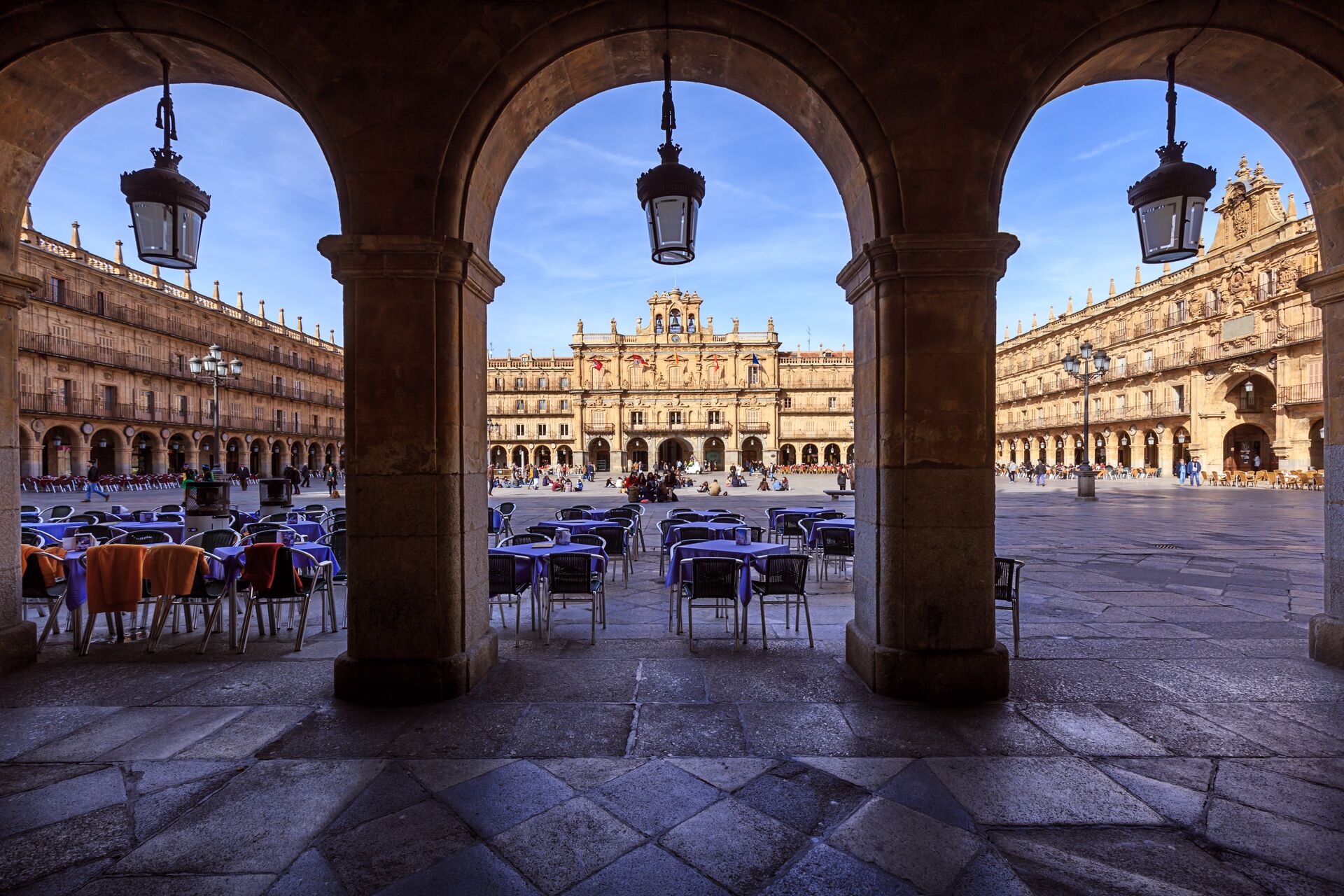
It was in 1218 that Alfonso IX of Castile founded Salamanca’s university, now a UNESCO World Heritage Site, cementing the city’s universal relevance to this day. This was the first university in Spain, one of the oldest in Europe and hailed as one of the four greatest in the world, together with Paris, Oxford and Bologna, other famous cultural cities. Since the university’s formation, the city grew into a tolerant melting pot for those seeing to cultivate the mind and spirit.
“The history of Salamanca, and of Spain, is intrinsically linked to the university,” Inés explains, “and it is very much a university town. If you visit from September to the end of May, the city is full of students coming to study here.”
The luck of the frog
“You can visit the old university buildings, the professor’s houses, the hospital and the old classrooms,” she says. “You must look for the frog carved into the building’s facade. It’s the symbol of Salamanca and means good luck.”
The frog is embedded within a decorative medallion on the façade. According to local legend, if a student can find the hidden frog using only their wits (without prior knowledge of its location), they will have good luck in their studies and academic pursuits.
You may also enjoy reading: Insight investigates: Why Spain is considered the most passionate of all European destinations
Christopher Columbus and other famous alumni
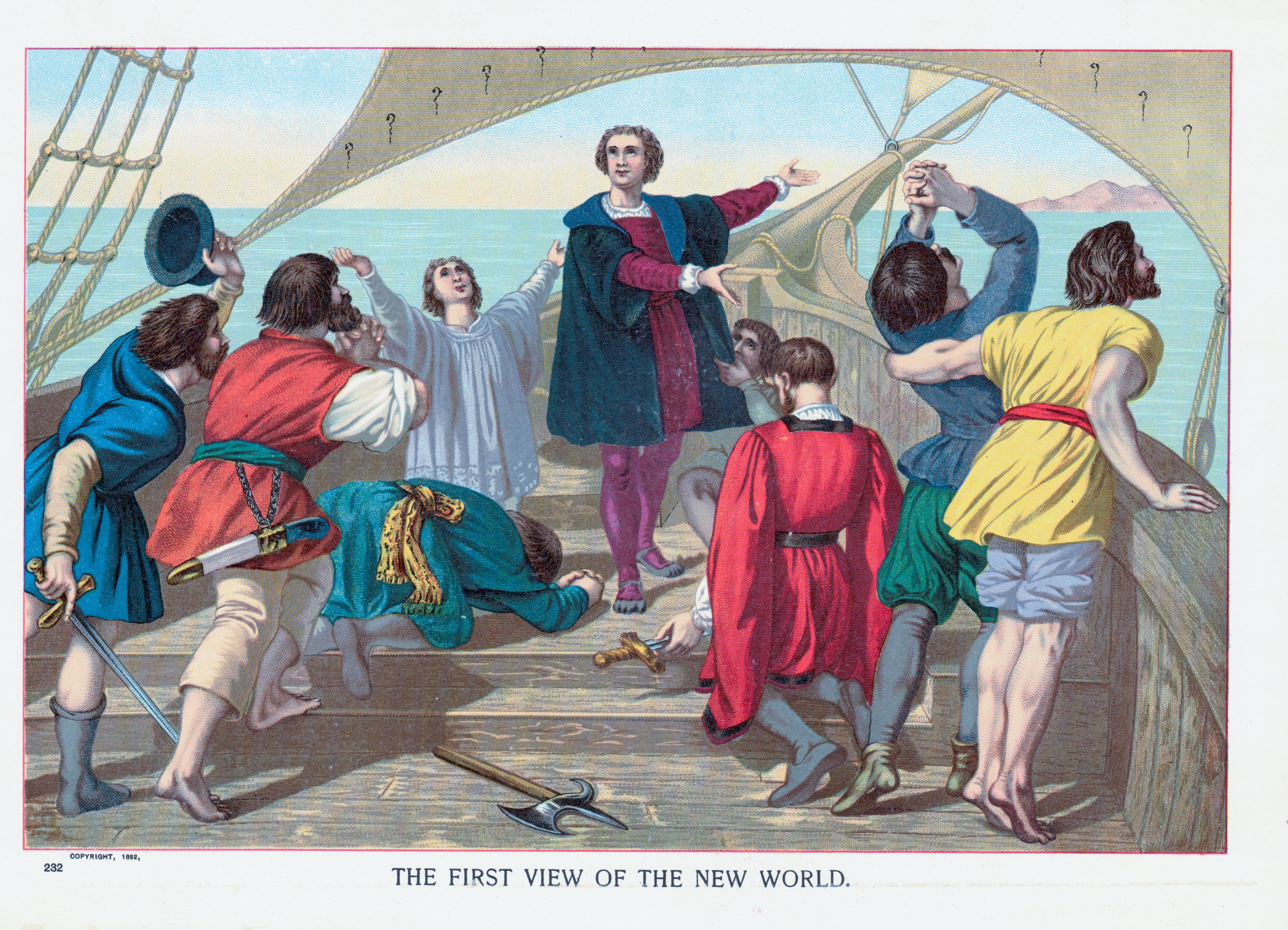
“The 16th century was the golden age of our university,” says Inés, talking of the time that cemented Salamanca as one of the most cultural cities in the world. “At this time people were coming to study, but also to teach. The city really was a melting pot and included some very famous names in history.
“The first meeting between Christopher Columbus and Queen Isabella I of Castile took place in Salamanca, because the Dominicans were writing very good studies about maps.”
Queen Isabella’s sponsorship of Columbus’s famous voyage to the Americas in 1492, played a crucial role in shaping the course of world history and connecting the Old World with the New.
“Another alumnus that is maybe not so widely known, but is considered the father of international law, is another Dominican, Francisco de Vitoria,” she continues. Best remembered for his defense of the rights of the Indians of the New World against Spanish colonists, if you visit the United Nations building in Geneva there is an auditorium named after him.
Miguel de Cervantes, the famed Spanish author of “Don Quixote, Antonio de Nebrija who authored the first grammar of the Spanish language in 1492, and Juan de la Cruz considered one of the greatest poets in the Spanish language, all have links to the university.
The city with two cathedrals
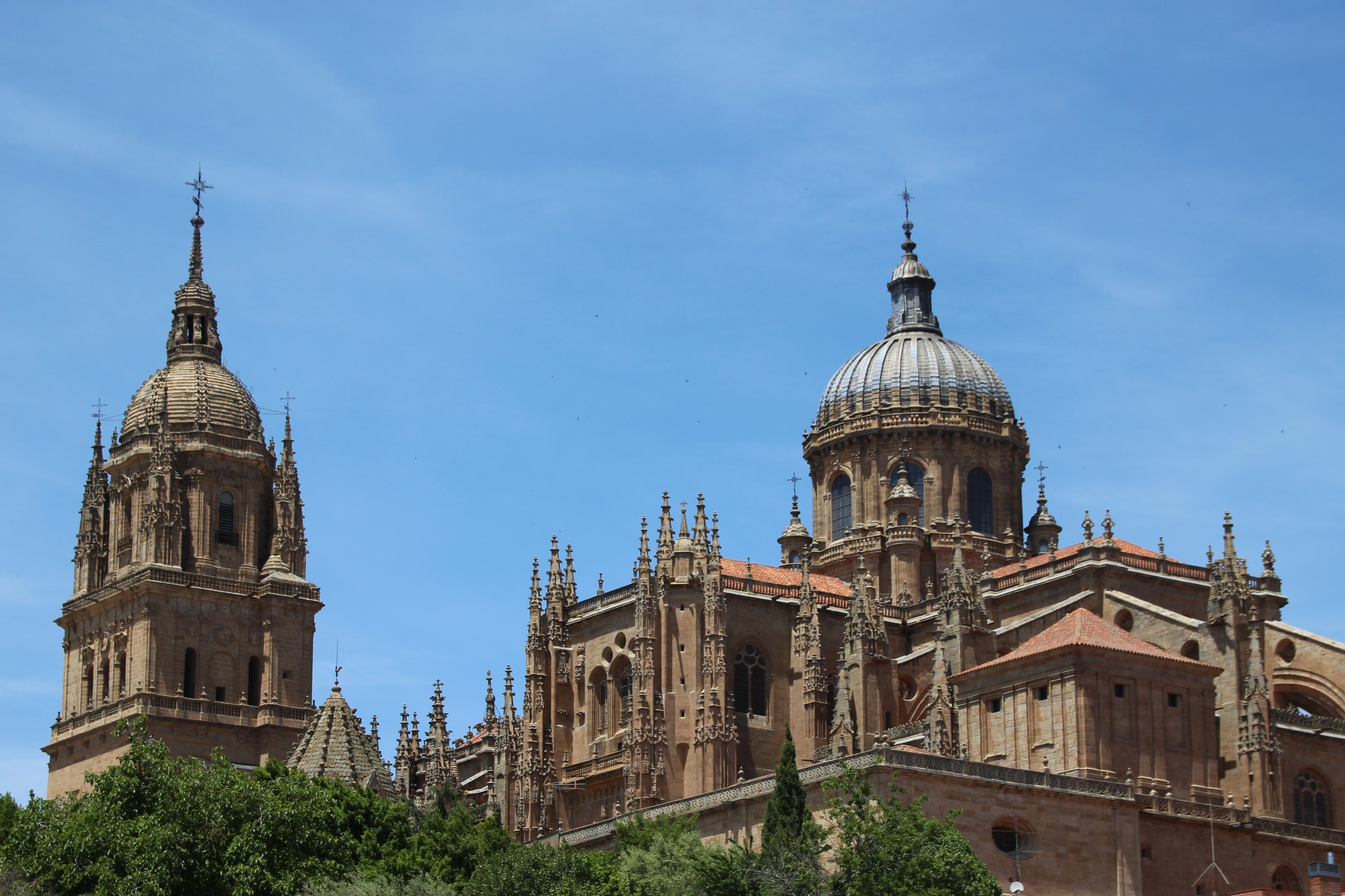
Salamanca has a rarity in that it has two cathedrals. Built side by side, they are in fact joined together. Known as the Old Cathedral (Catedral Vieja) and the New Cathedral (Catedral Nueva), they represent different eras and styles, showcasing the Spanish city’s evolution through the centuries.
Built between the 12th and 14th centuries the Old Cathedral, Cathedral of Santa María, is a masterpiece of Romanesque and Gothic architecture. The façade showcases intricate carvings and reliefs, while its interior houses numerous chapels. The New Cathedral, or the Cathedral of the Assumption of the Virgin Mary, was started in the 16th century, with construction continuing for over two centuries. Salamanca was growing, mainly thanks to the University, and an increasing amount of people wanted to go to mass. So, a second cathedral was required.
You may also enjoy reading: These spring festivals have uniquely fascinating histories
Segovia
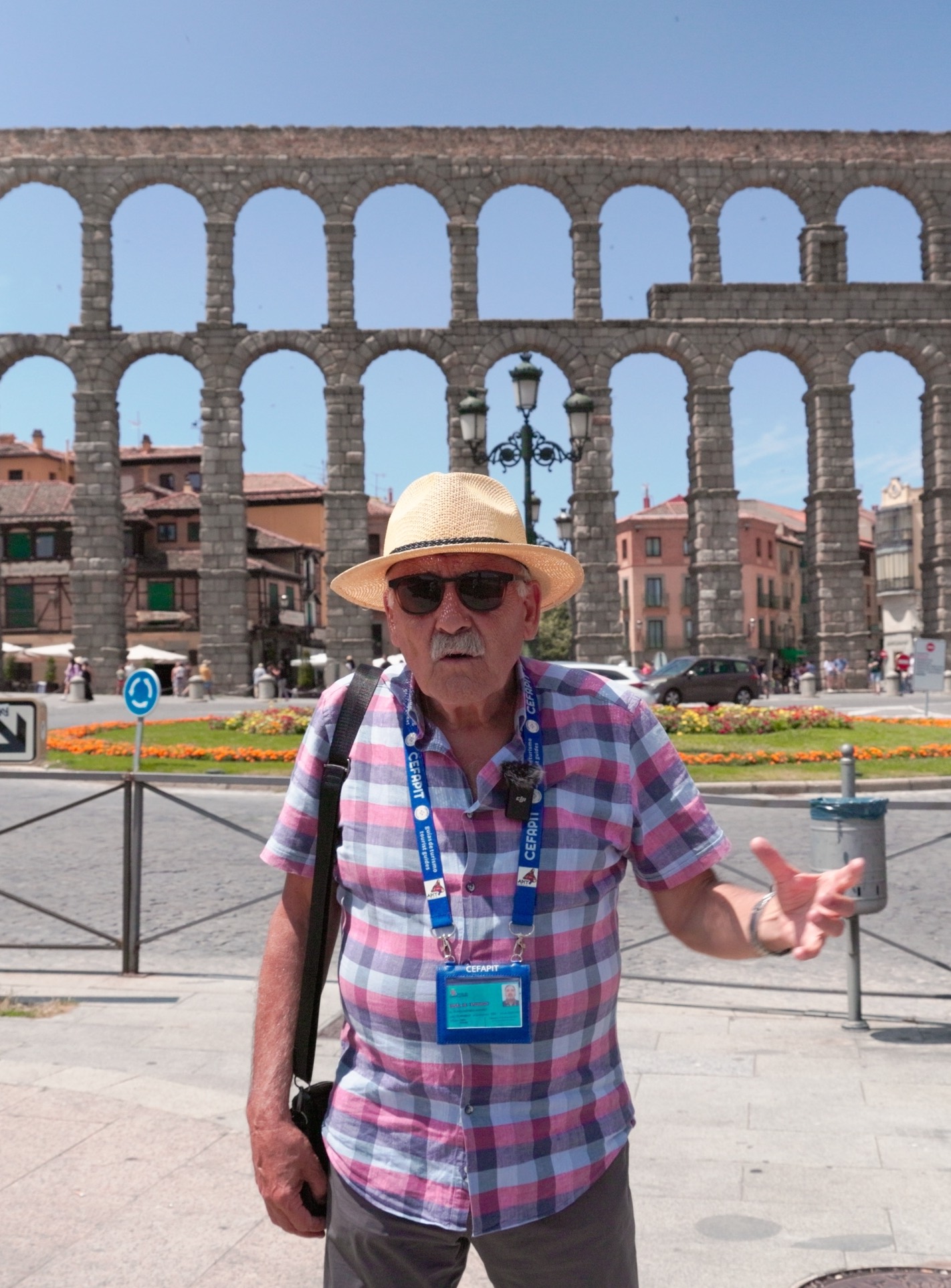
Ruffo is a local expert from the area of Spain known as Castile-León, where you will find Segovia. “Segovia used to be the headquarters of the kingdom of Castille,” he tells us. “This is because on 13 December 1474 Isabella, the Catholic Queen was crowned Queen of Castille in Segovia, in the church of San Miguel. This was a defining moment in the history of our country.” Along with Ferdinand II of Aragon, they were known for being the first monarchs to be referred to as the ‘Queen of Spain’ and ‘King of Spain’.
Segovia, as well as being one of Spain’s most cultural cities, is a living testament to Iberian history. The city’s origins can be traced back to ancient times, with evidence of Celtic settlements, Roman influence and Moorish occupation. However, it was during the Middle Ages that Segovia flourished, leaving behind an architectural legacy that continues to mesmerize today.
The mighty aqueduct
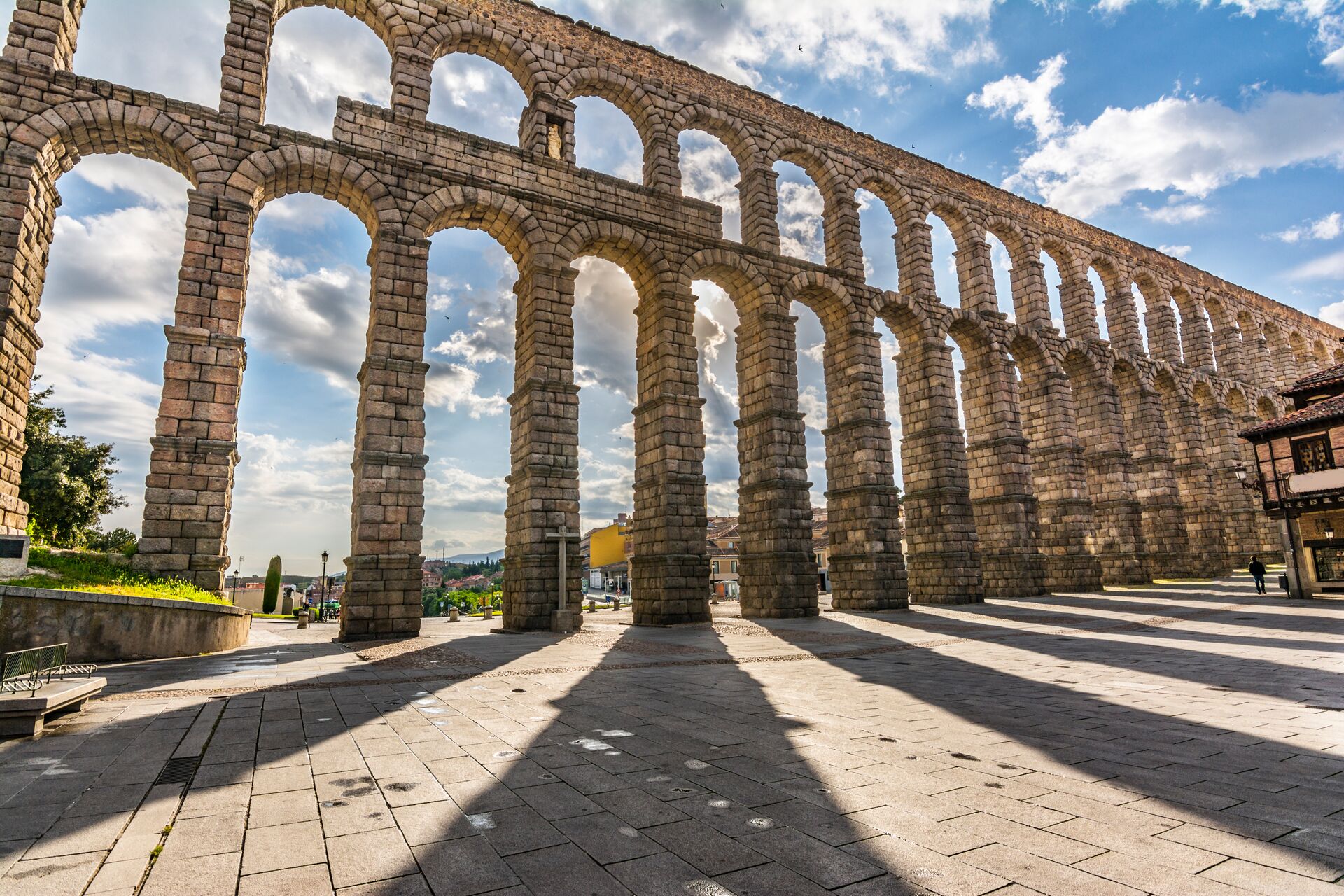
Segovia’s architectural heritage is a harmonious blend of Roman, medieval and Renaissance styles. At the heart stands its most iconic symbol, the Roman aqueduct. “This masterpiece of engineering was built over 2000 years ago,” Ruffo explains. “We’re close to the Guadarrama Mountains, so the water is rich and of very good quality. The only way that people in the old part of the town could have access was to build the aqueduct.”
“It’s not just a masterpiece because its sheer size. It’s because it was built stone by stone, one on top of each other with no cement, no mortar, nothing.
“Each block was brought down from the mountains and sized perfectly to fit on one another. So that means if we took one of these stones out the whole thing would come down. That’s why is such a marvel – it still stands today.”
You may also be interested in: 5 less well known Gaudi masterpieces in Barcelona that deserve your attention
The Alcázar of Segovia
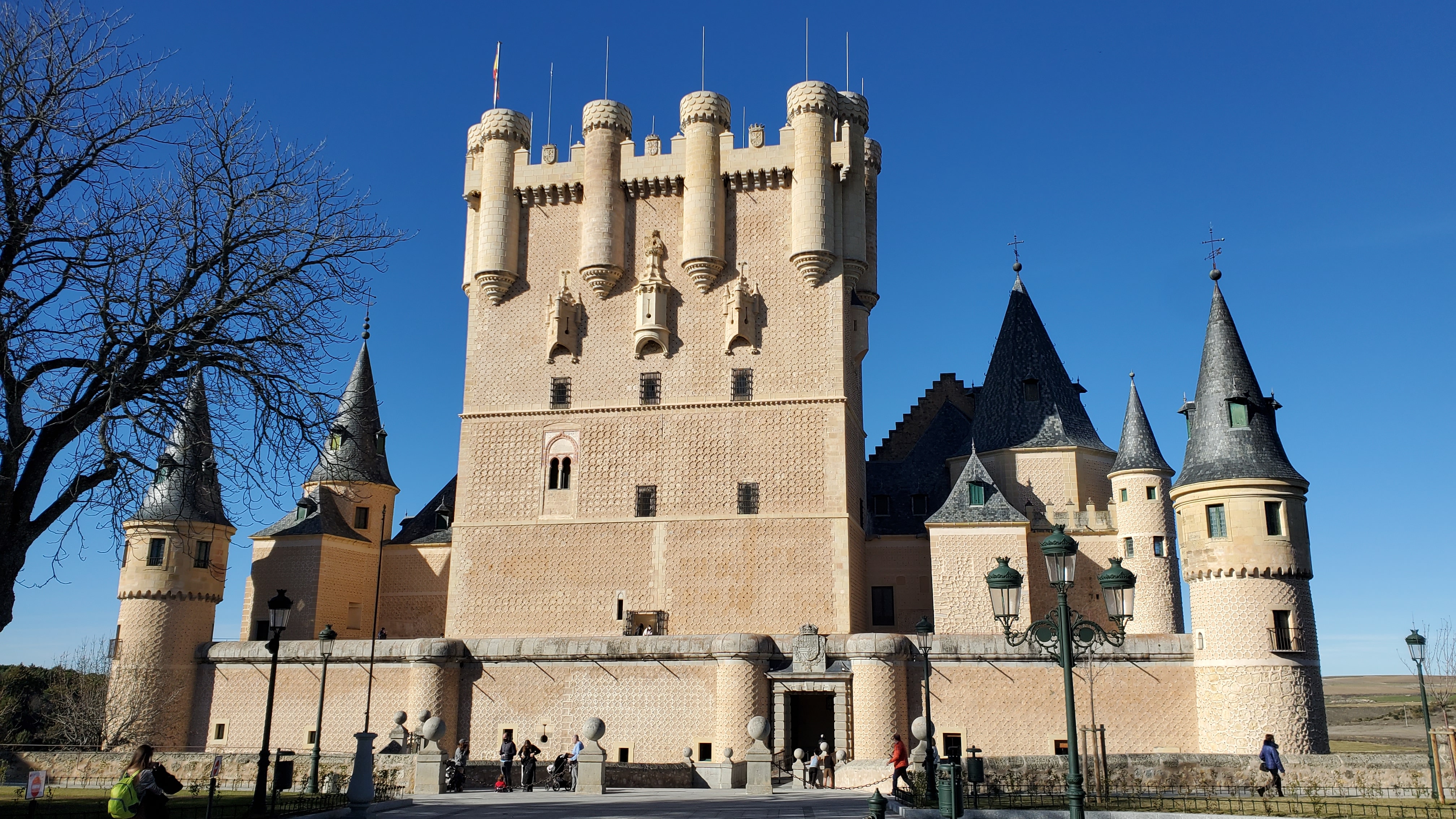
The Alcázar of Segovia, a fairytale fortress resembling a crowned ship, is another architectural gem. Its origins trace to the 12th century, and over time it’s served as a royal palace, fortress and military academy.
The Alcázar of Segovia is said to have inspired Walt Disney’s Cinderella Castle. The resemblance between the two structures is evident, particularly in the central keep and the turrets. One of the most prominent is the Tower of John II, offering panoramic views of Segovia and the landscape.
Another icon, the Segovia Cathedral with its soaring Gothic spires, dominates the skyline. Built over a span of centuries, its construction commenced in 1525. Its interior is equally impressive, housing intricate chapels, altars and stunning stained-glass windows.
Don’t forget the food and wine

How Insightful are you? Test your knowledge of Spain and other countries in our Insightful Travel Trivia Quiz. Play weekly for the chance to win fabulous travel prizes.



